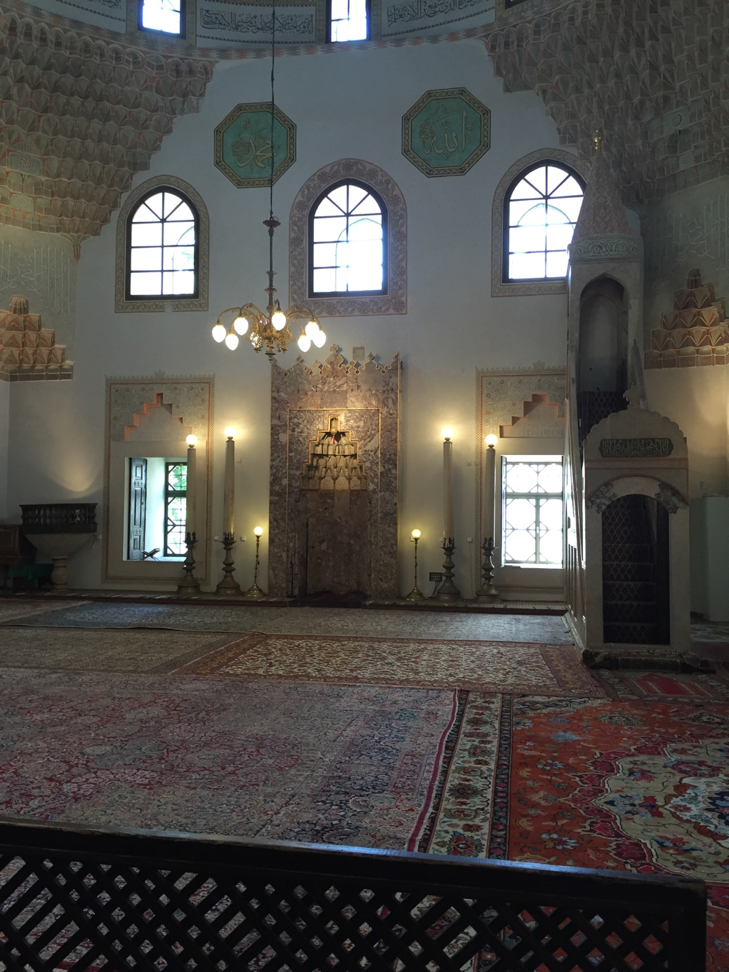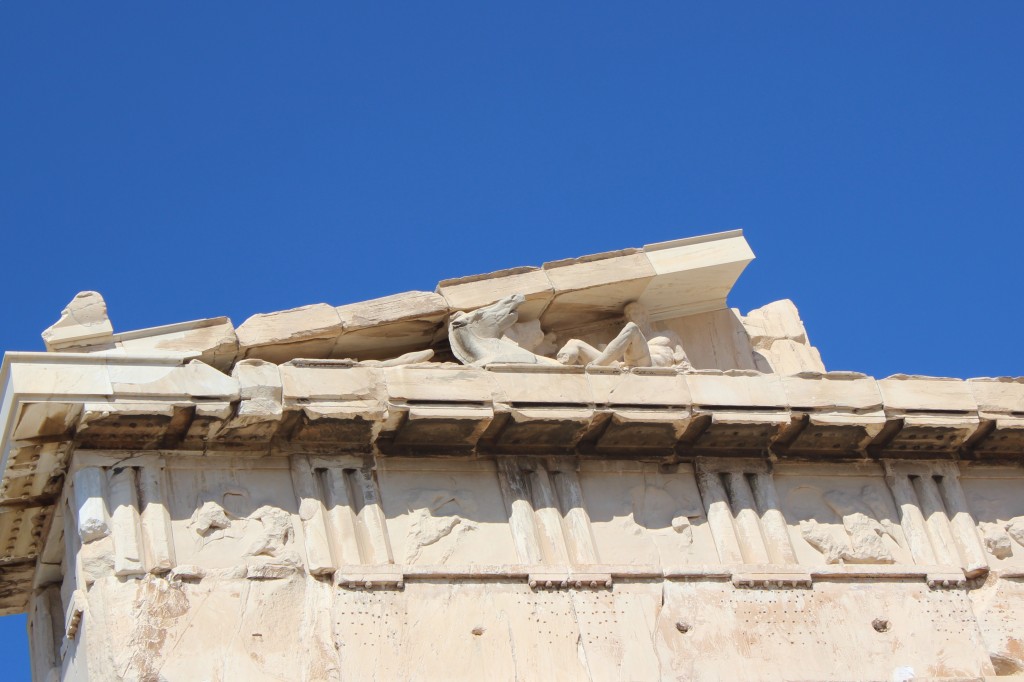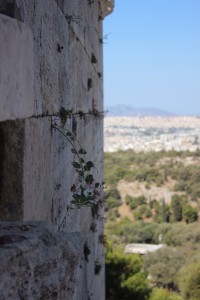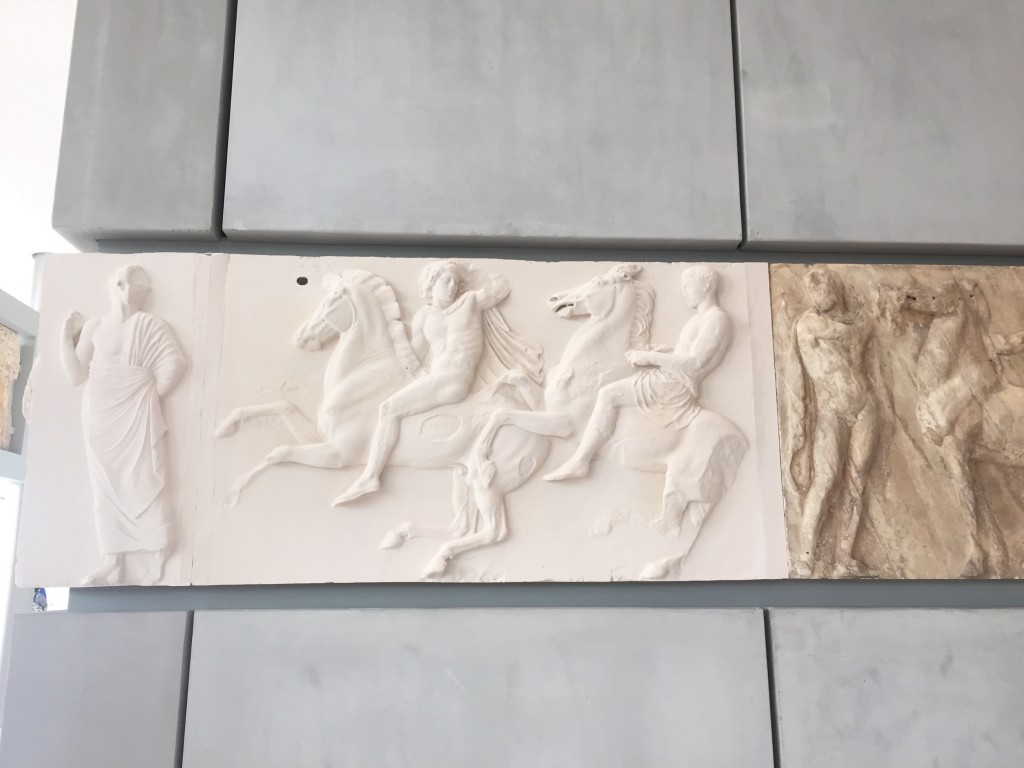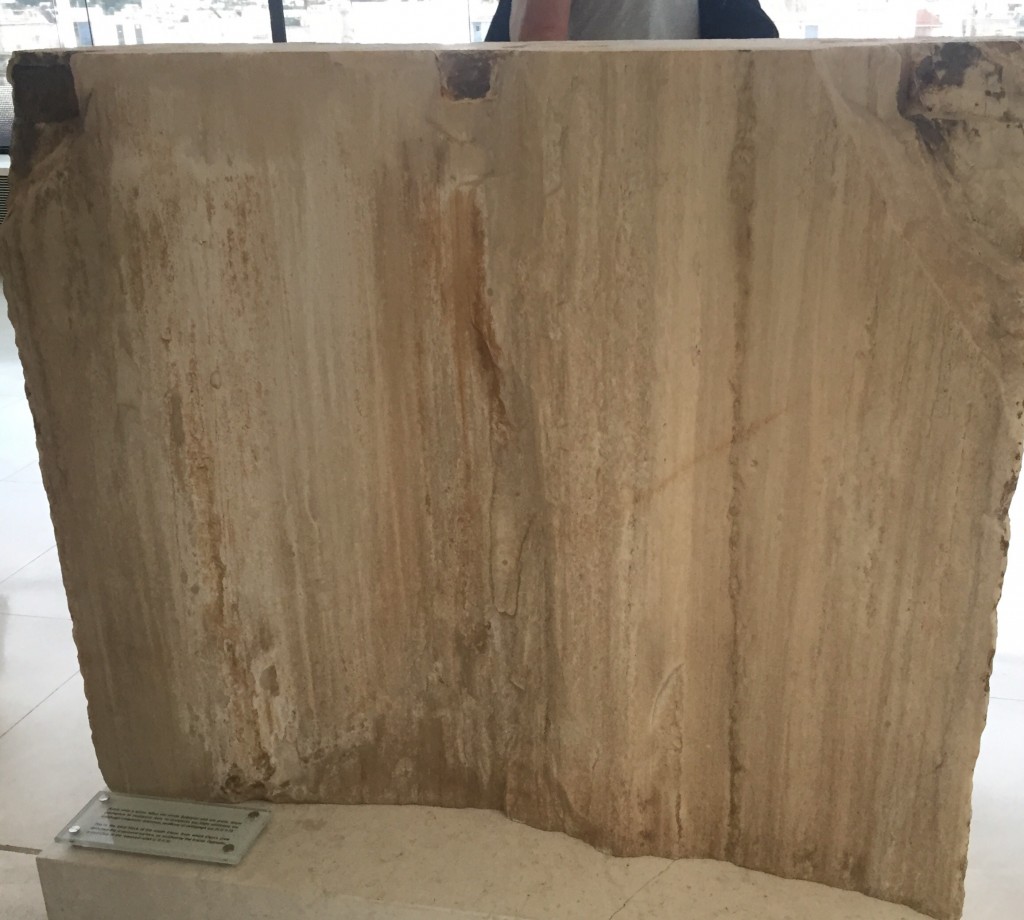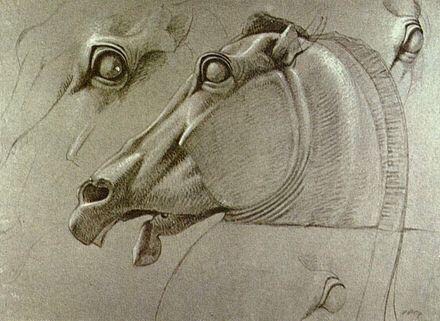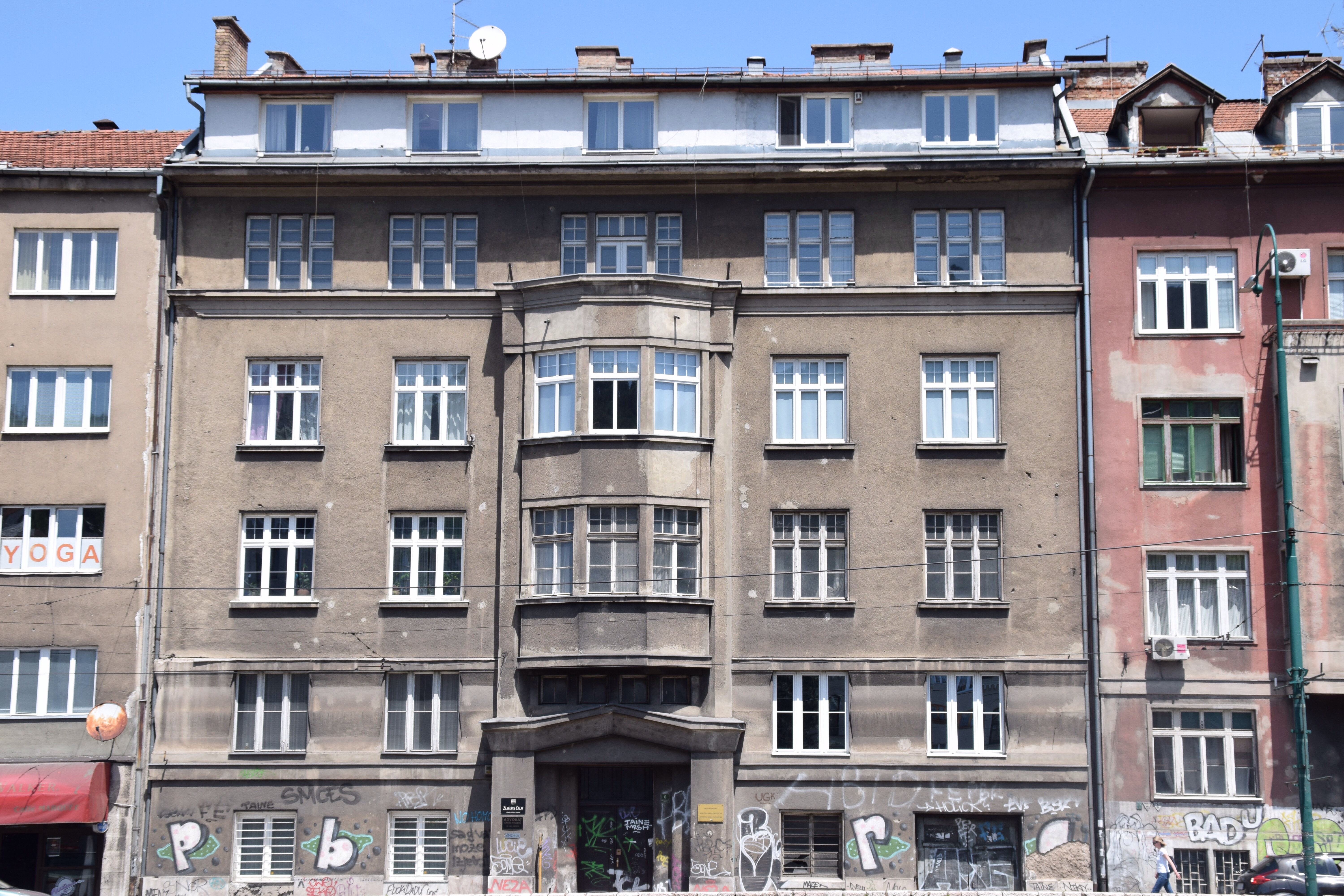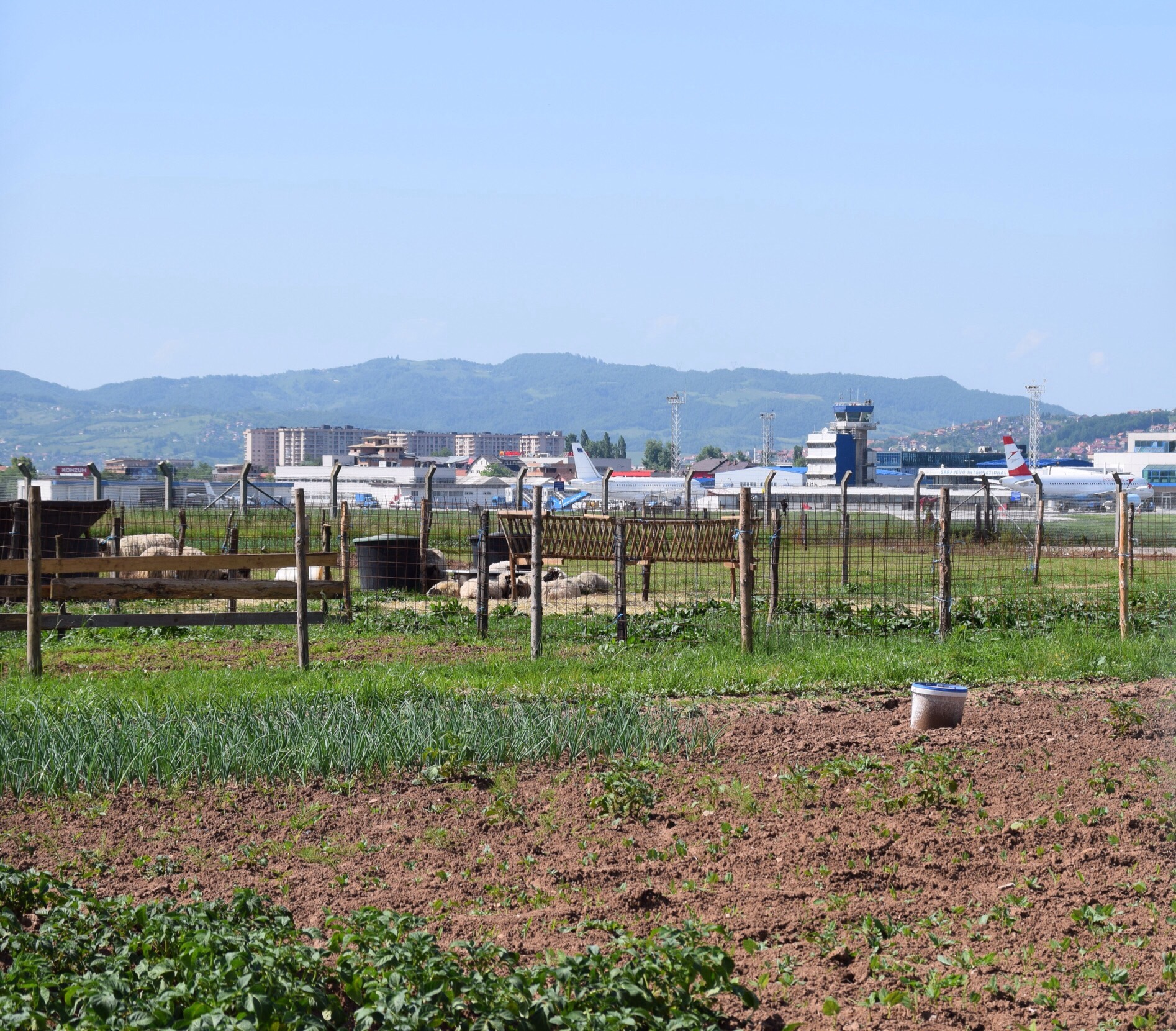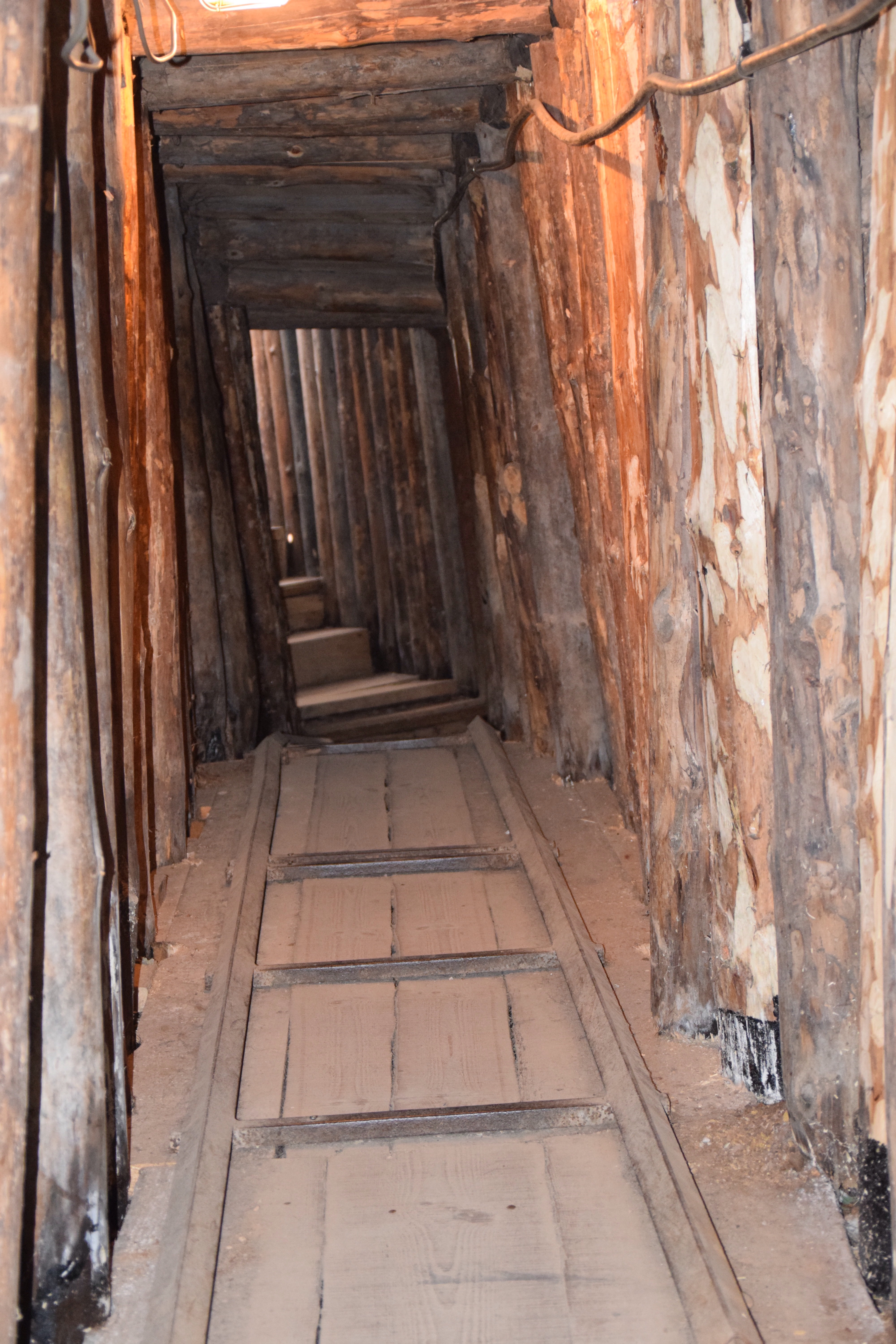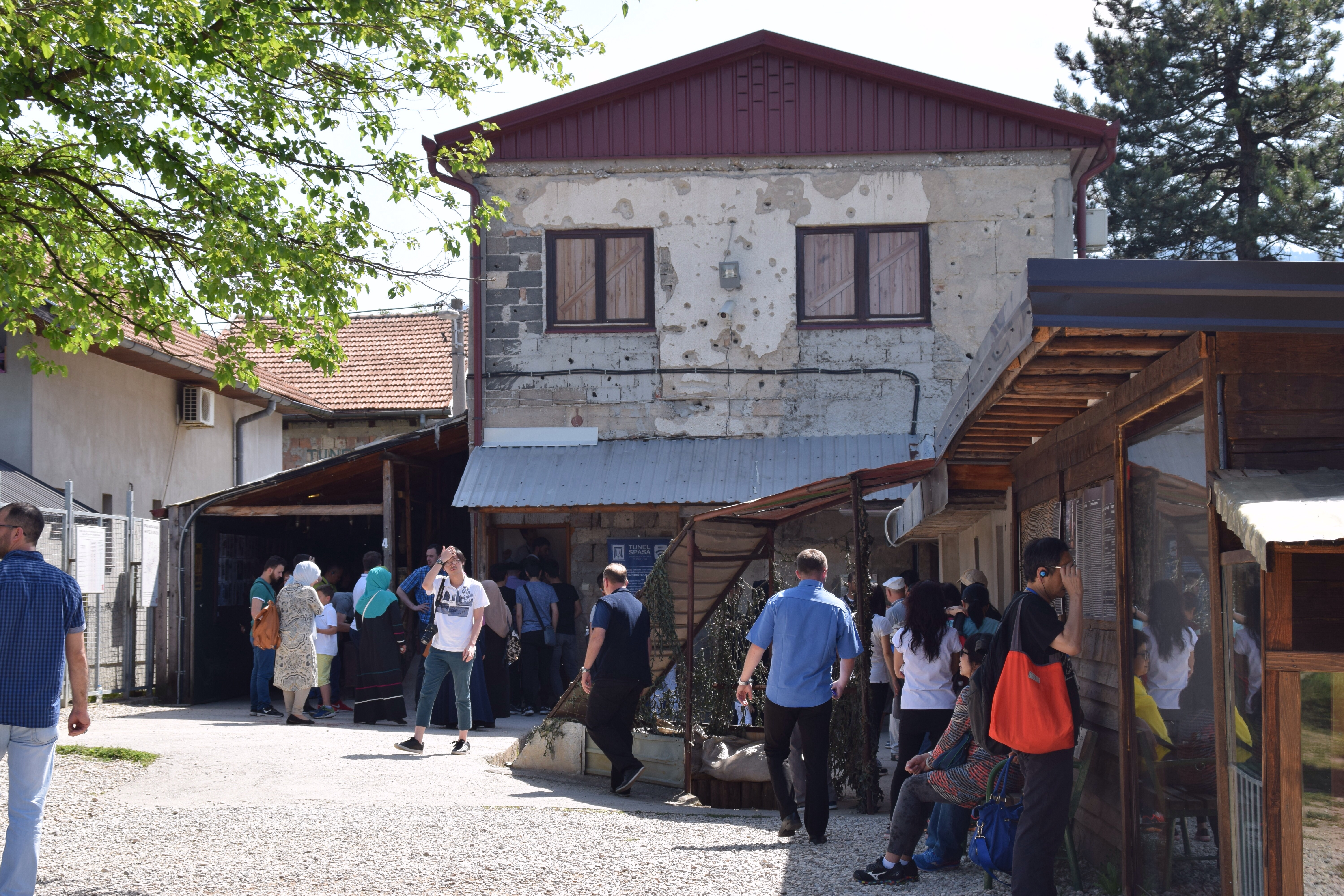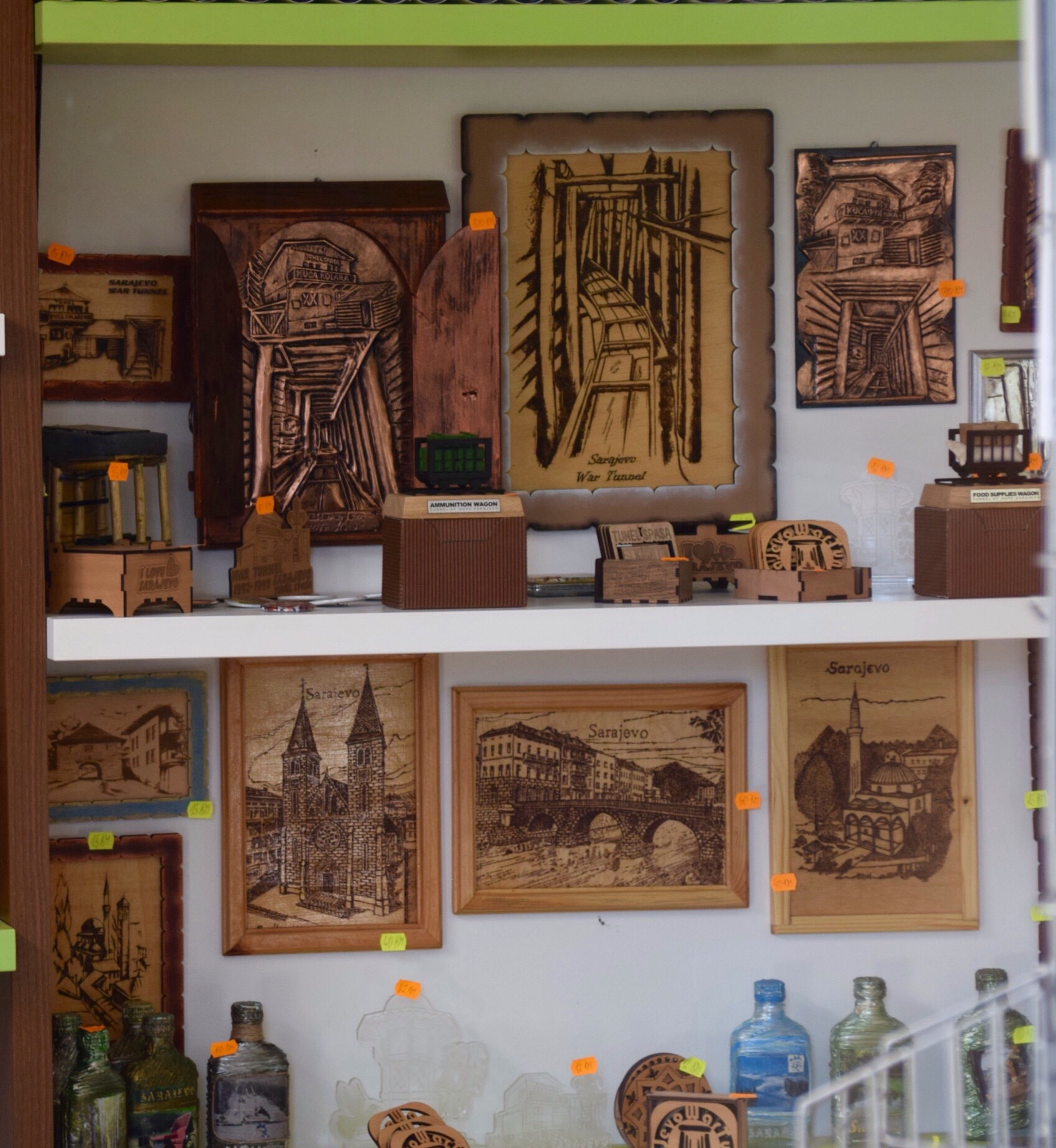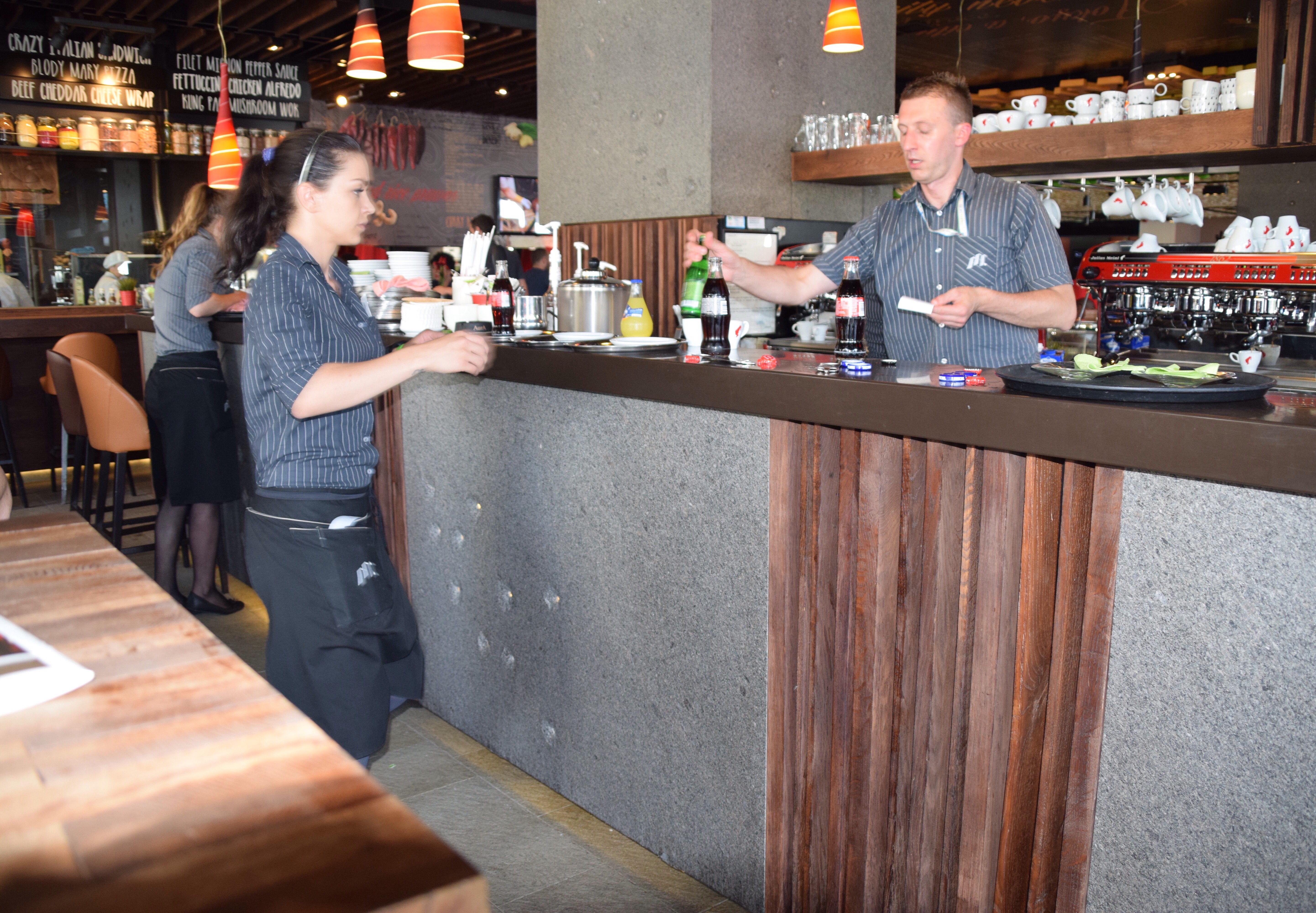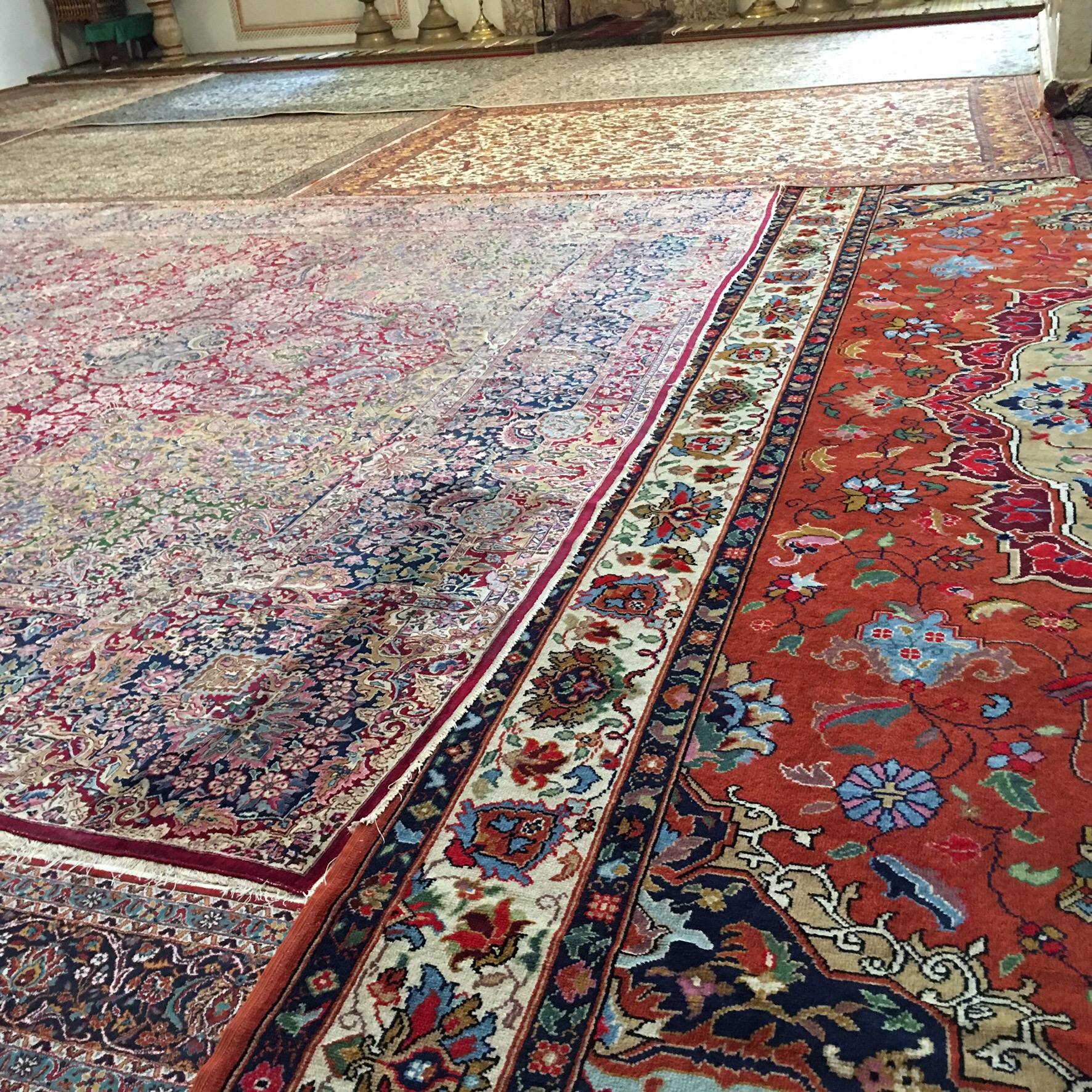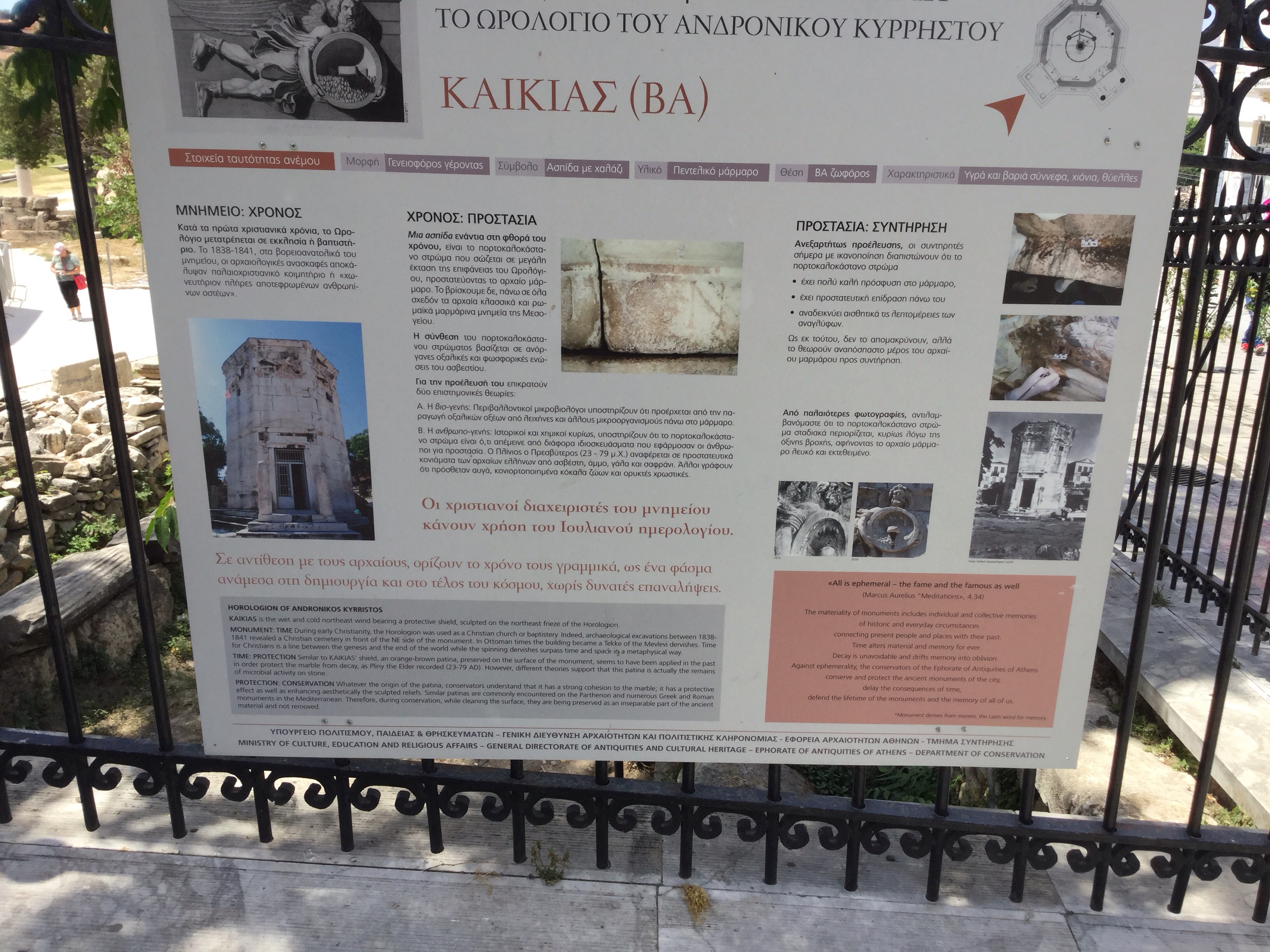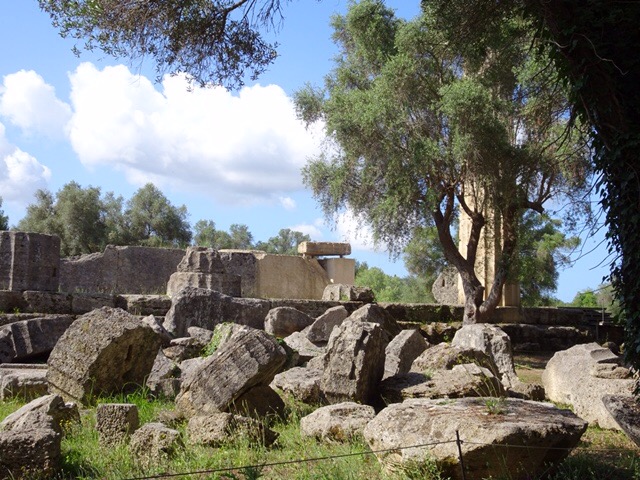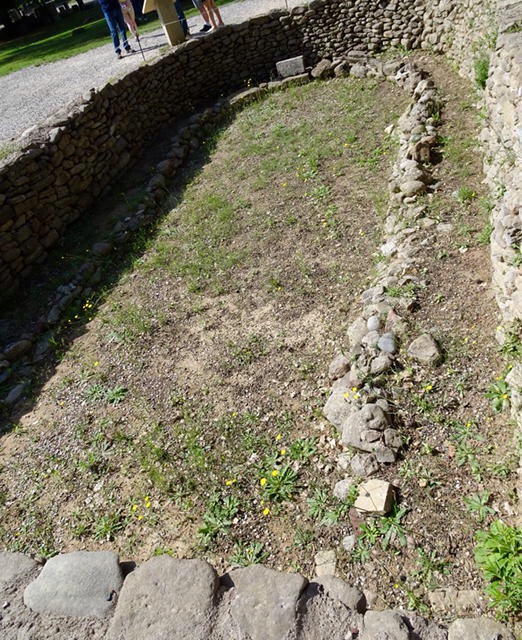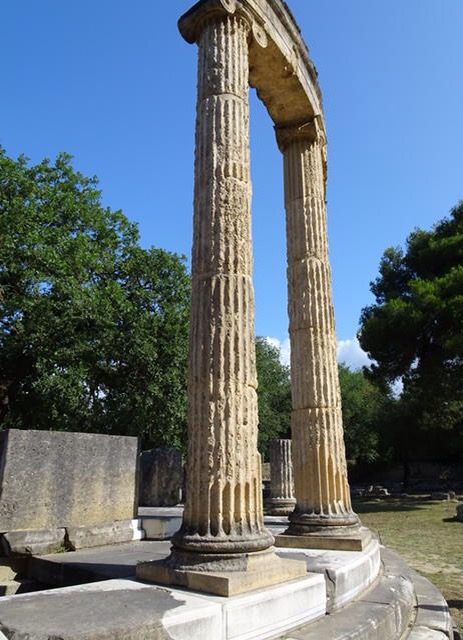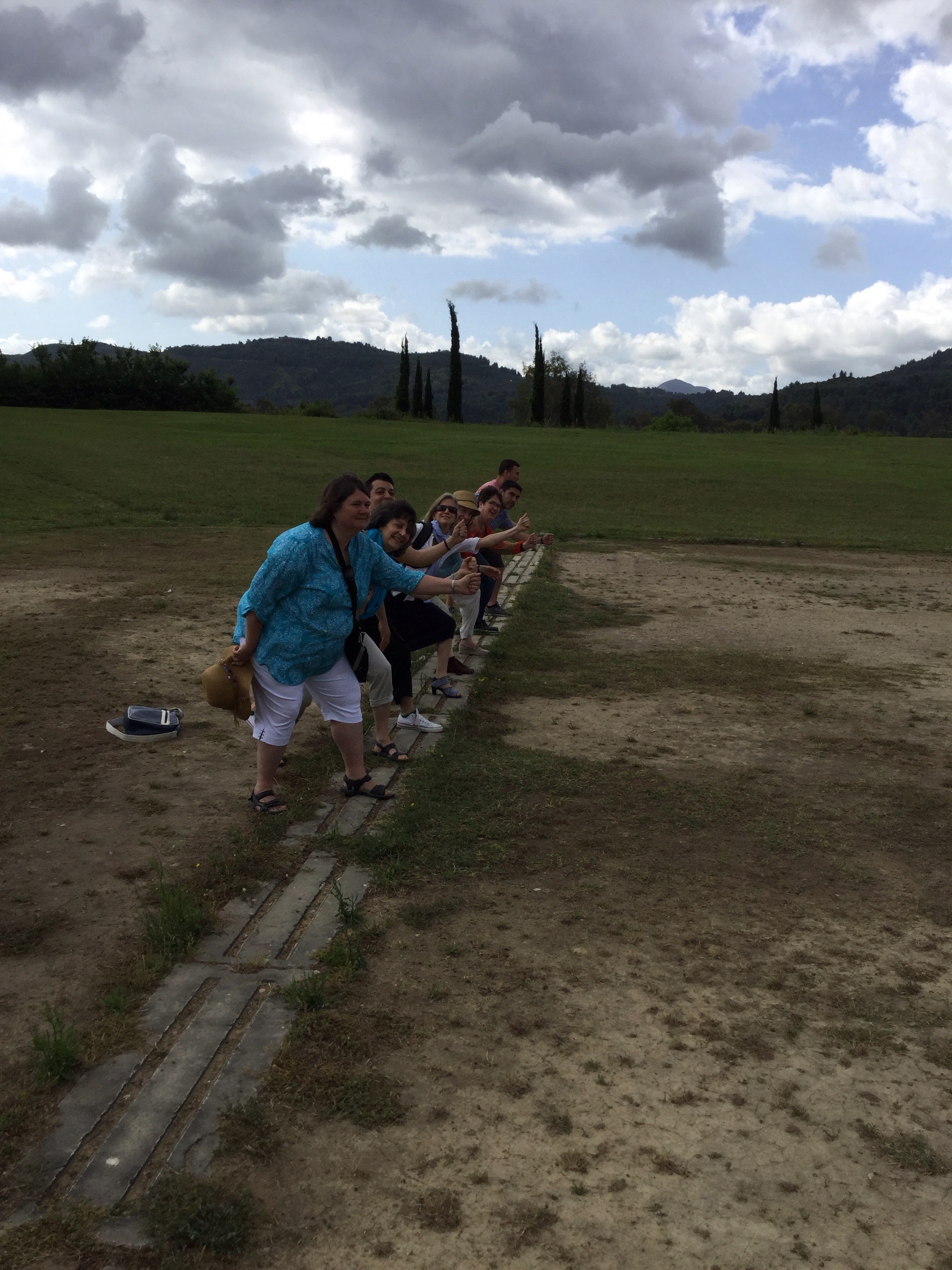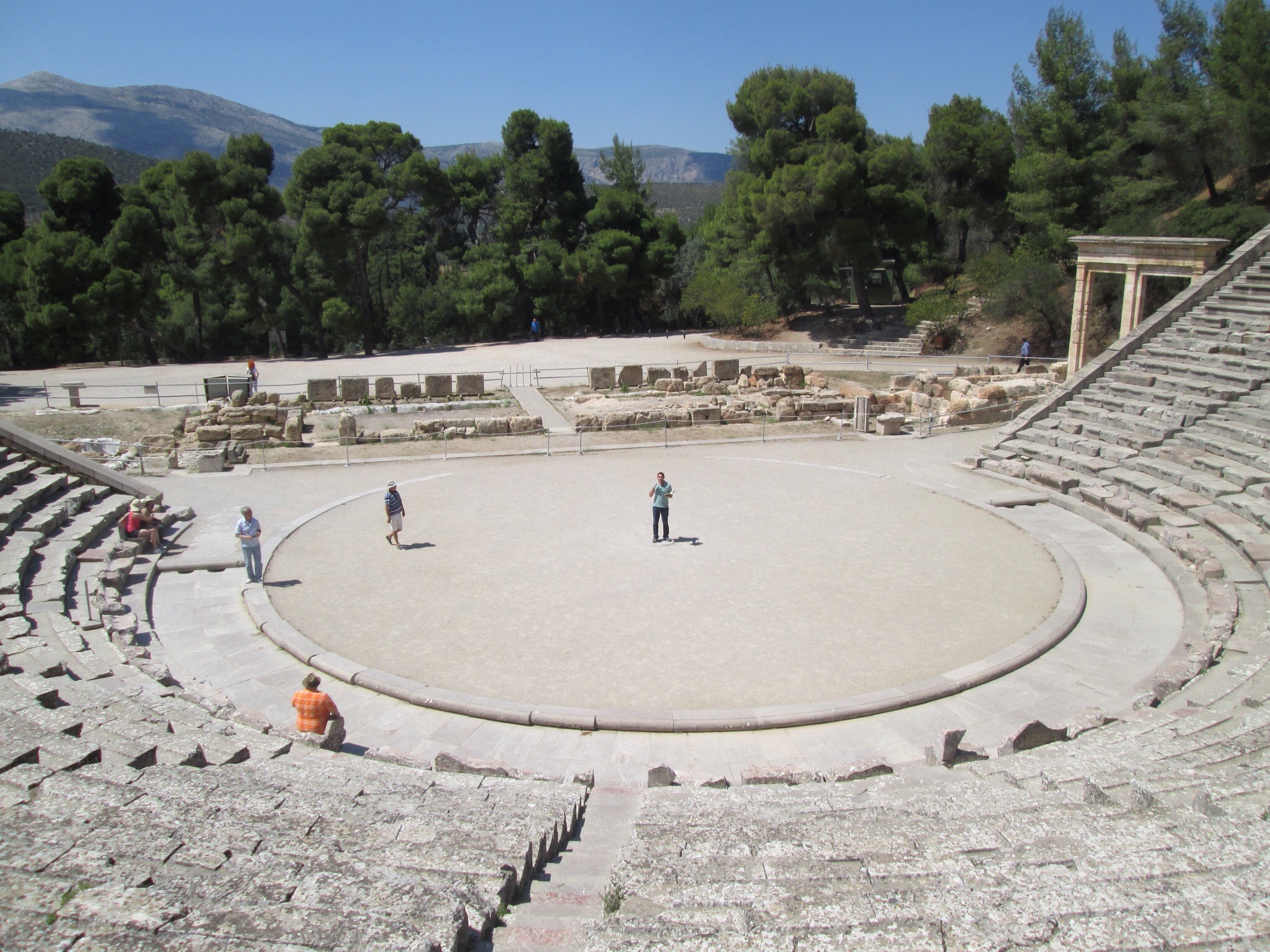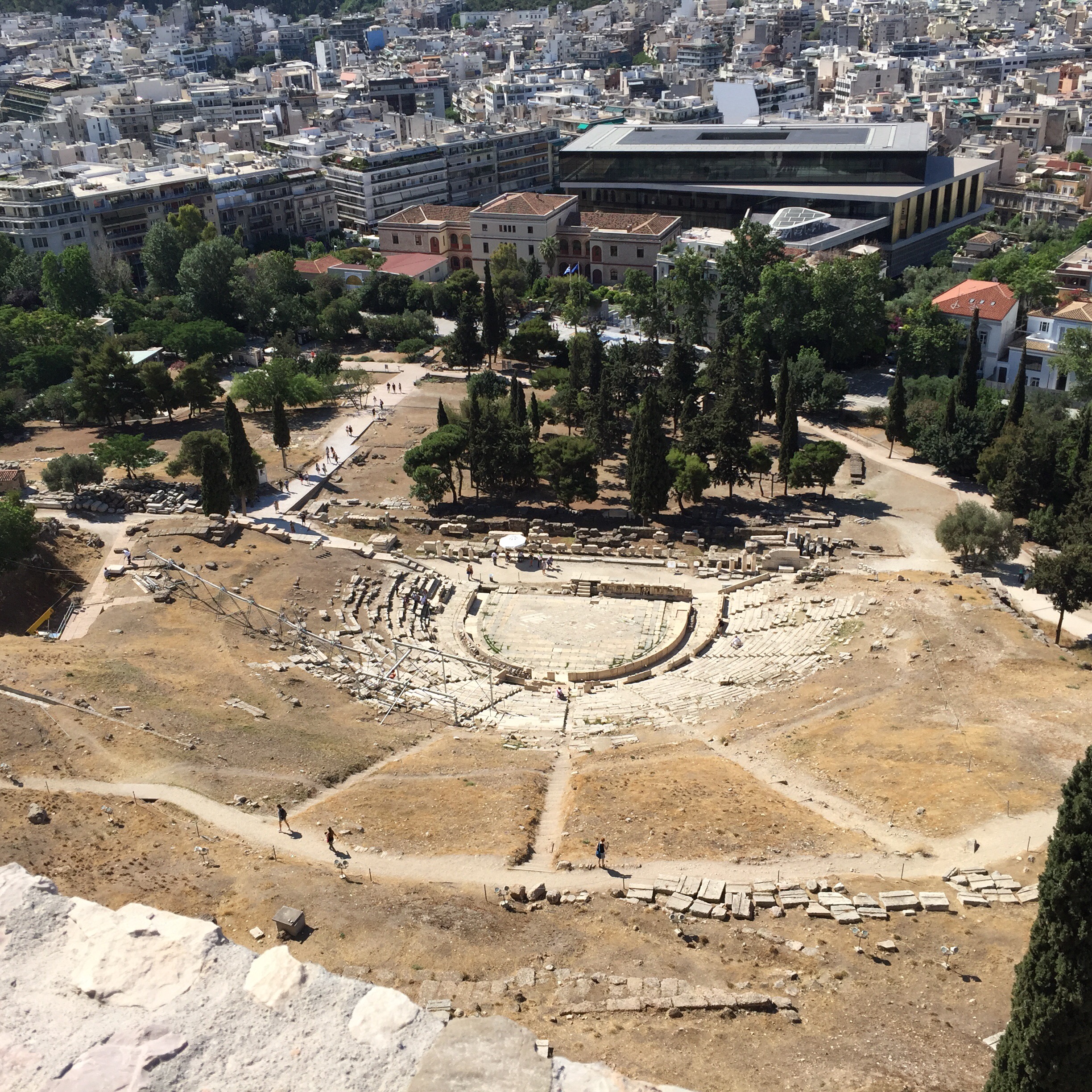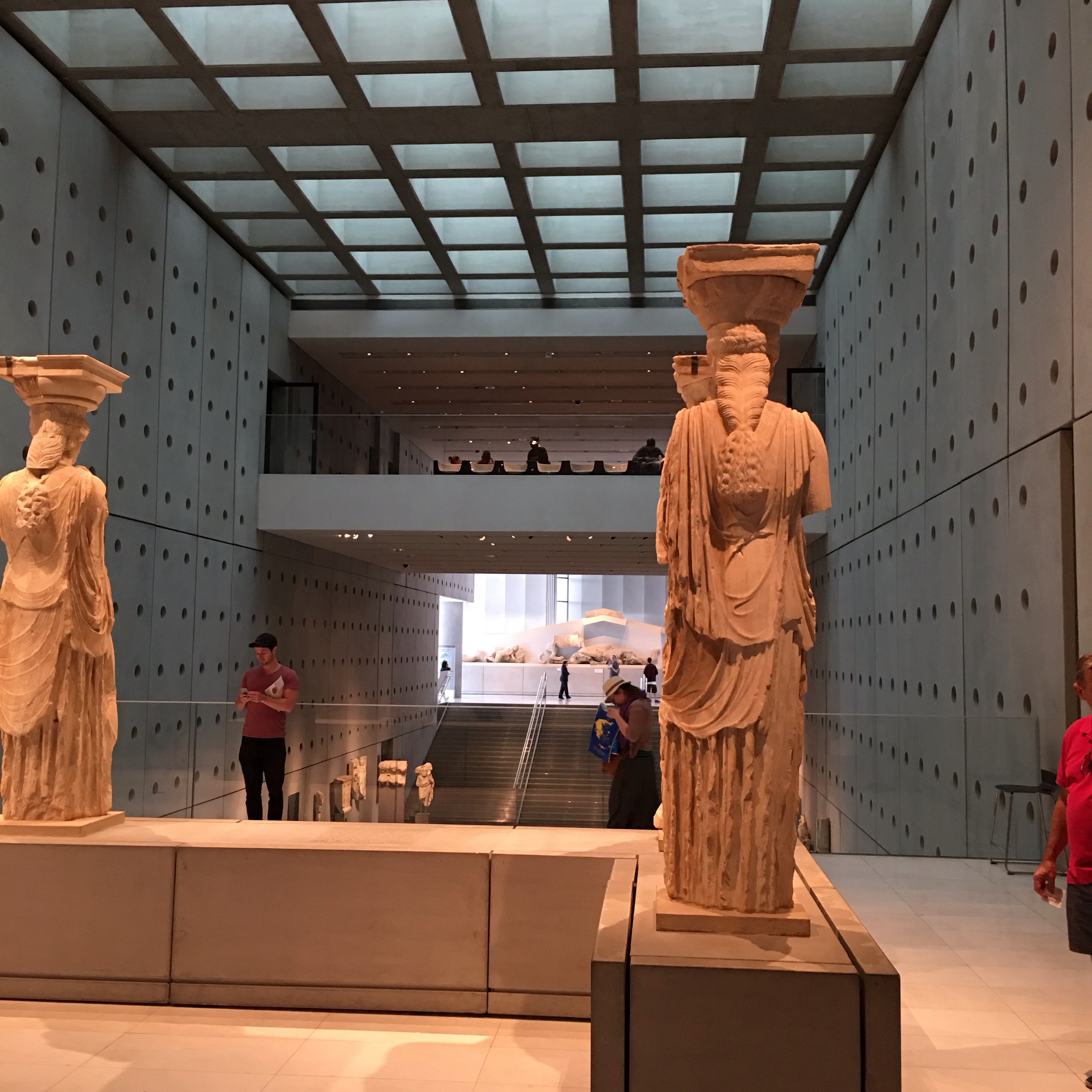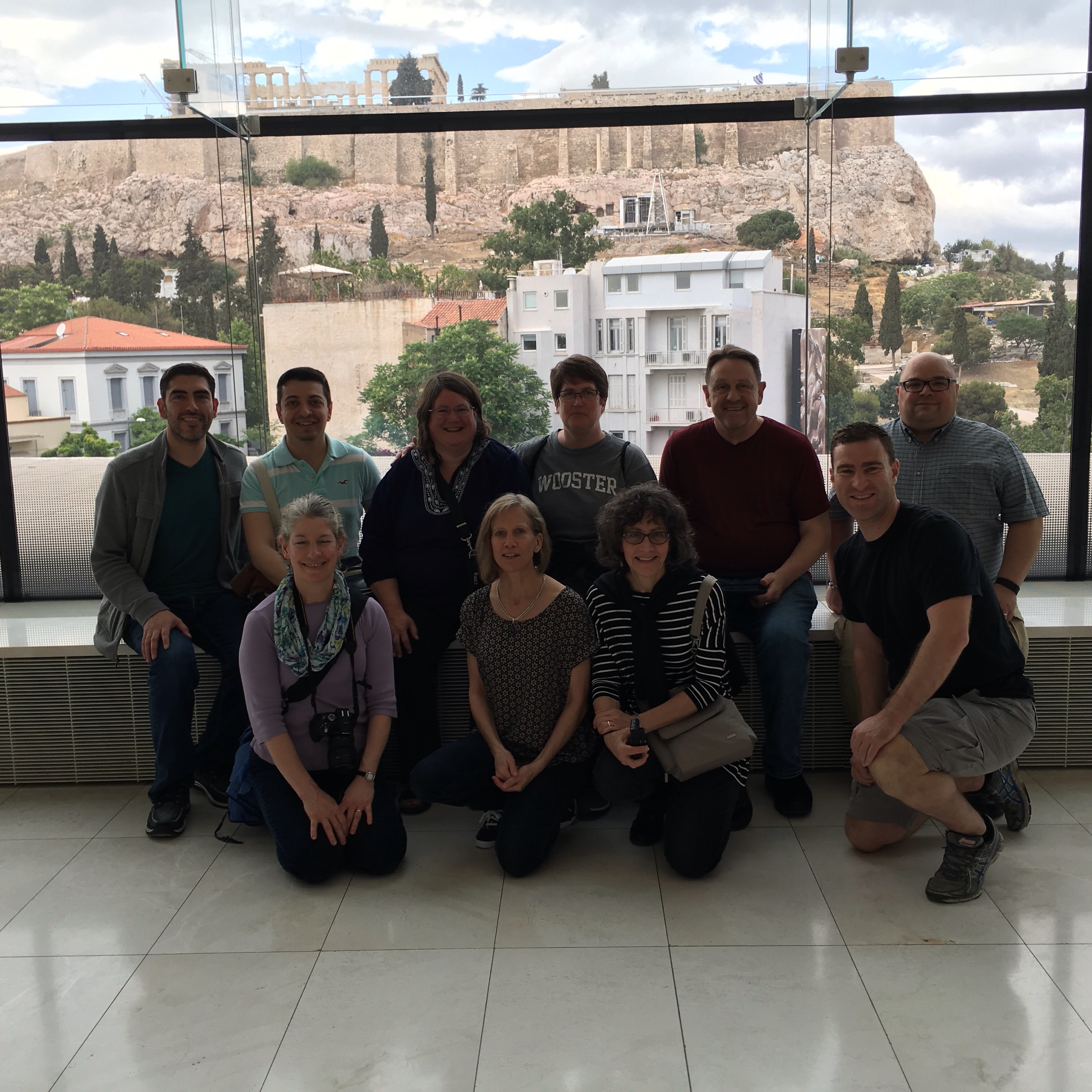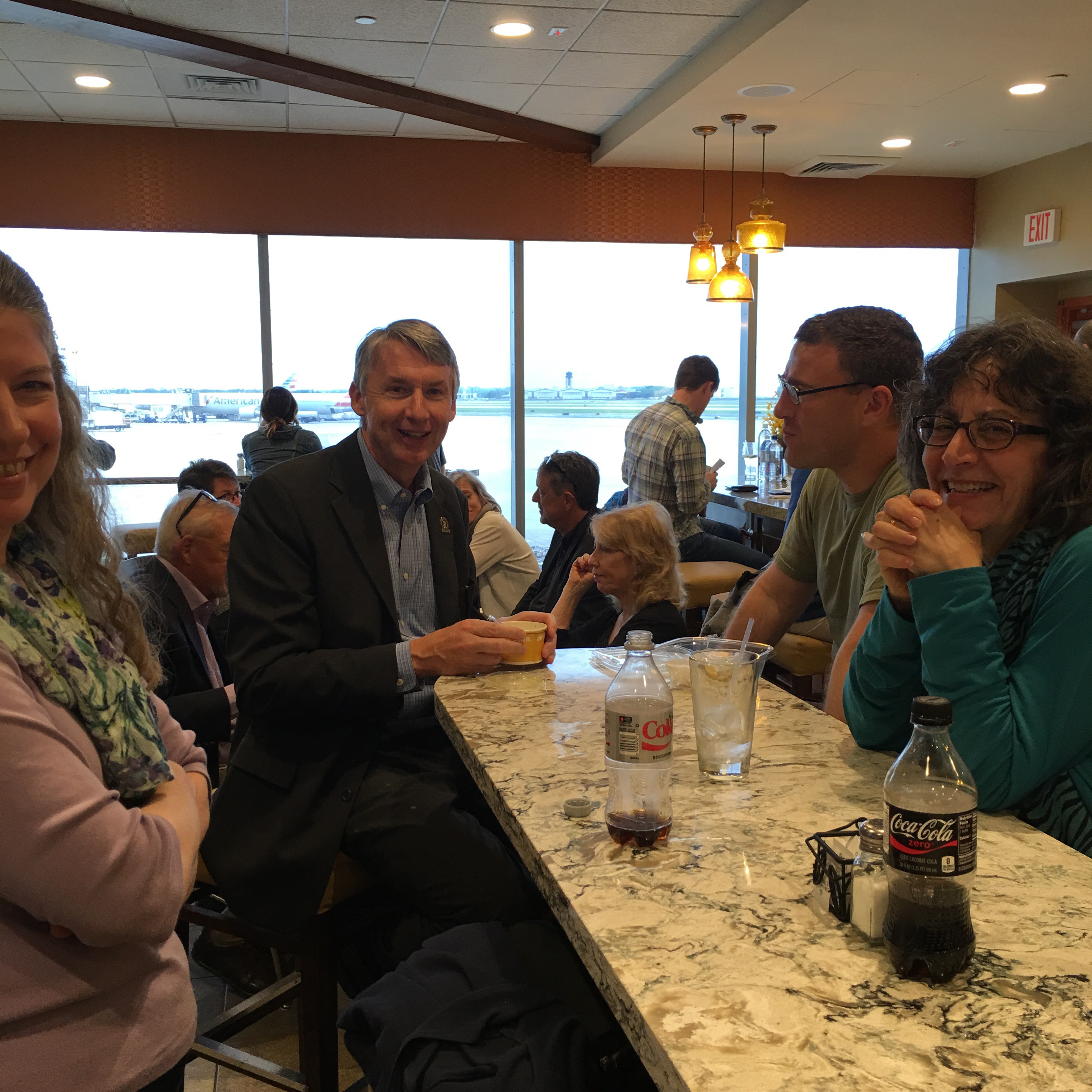Much of our work on this Hales’ trip has centered on examining the ruins of wars and civilizations in order to understand how such remains help to create collective memories. These sites, with a great deal of help from their human interpreters, perform the past so that modern people develop identities informed by that past. For me, as a scholar of religion, some of the most interesting and important of these sites were the temples, churches, and mosques that were around us all the time. Religious sites are the ultimate performing remains, as they link together stories about the past and its people with present populations who, in turn, develop personal and social identities through the work of religious buildings and people.
Almost every ancient site we’ve seen in Greece has included a temple to one of the gods. Zeus, Apollo, Athena, Artemis, Hephestus, Hecate, and many more all had their proper places of worship in the Ancient Greek landscape. Indeed, in many of these cases, the gods were intimately tied to the immediate landscape in a manner so as to suggest that they were deities whose stories helped to define the life of a specific place and to help the inhabitants develop meaningful identities linked to those places.
The most apt example here is the famous Athenian landmark, the Parthenon. Dedicated to Athena, the goddess of wisdom, the pediments of the temple tell the story of the people of the city choosing Athena as their patron. But look closely at the picture. Notice the crane in the background, evidence of the ongoing restoration efforts. Look closely at the bottom of the photo and you will see the floodlights used to light up the building at night, marking it as the primary feature of the landscape in the city. These remains have been resacralized to now serve as a connection for the people of Greece, and indeed of the world, to link themselves to an idealized and glorified golden era of human history.
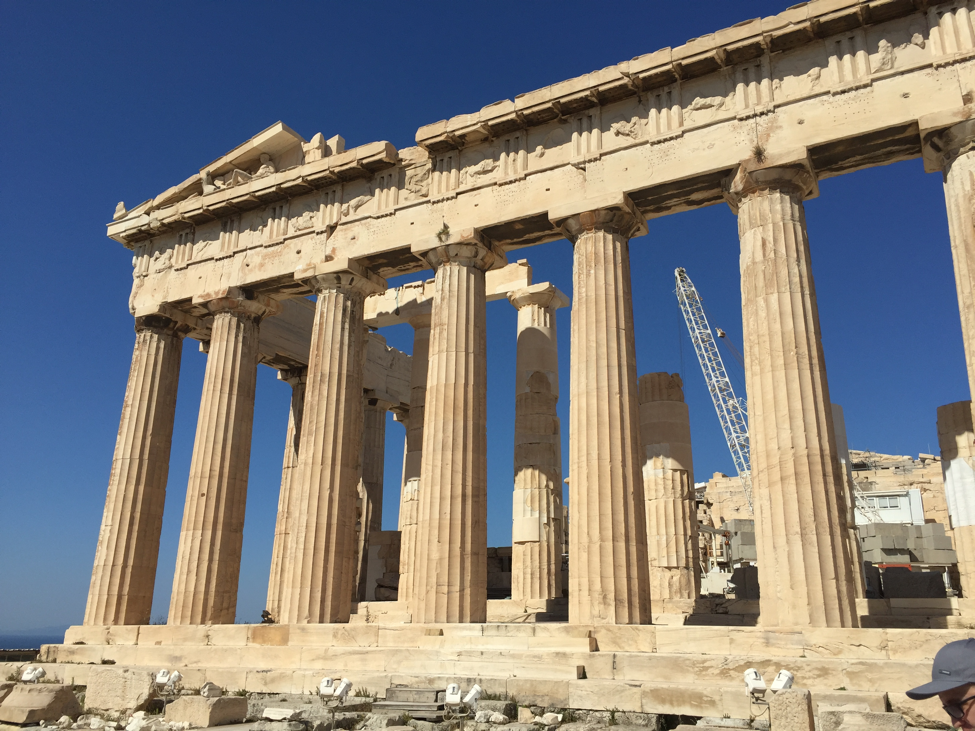 But today the vast majority of Greeks are Orthodox Christians. The ancient gods did not survive the coming of Paul and his Christian message, at least not in any regular, lived religious way. The Christians too found ways inscribe themselves on the landscape and today in Corinth memorials linked with Paul’s mission to that city are as prominent as many of the remains from the Greek gods. Orthodox churches abound, and many ancient remains bring Paul and the Christian message onto the stage. The Bema, in the Corinth marketplace (shown below) is supposed to be the place where Paul debated Roman officials and got them to accept the logic of Christianity. We saw at least two groups of Christian pilgrims while were at Corinth, visiting significant sites recounted in the New Testament. As I took the picture below, I could hear one group singing Amazing Grace, reminding me of the role that physical remains, even if they are nearly unrecognizable today, can play in pushing the emotions of religious belief to the surface of peoples’ experiences.
But today the vast majority of Greeks are Orthodox Christians. The ancient gods did not survive the coming of Paul and his Christian message, at least not in any regular, lived religious way. The Christians too found ways inscribe themselves on the landscape and today in Corinth memorials linked with Paul’s mission to that city are as prominent as many of the remains from the Greek gods. Orthodox churches abound, and many ancient remains bring Paul and the Christian message onto the stage. The Bema, in the Corinth marketplace (shown below) is supposed to be the place where Paul debated Roman officials and got them to accept the logic of Christianity. We saw at least two groups of Christian pilgrims while were at Corinth, visiting significant sites recounted in the New Testament. As I took the picture below, I could hear one group singing Amazing Grace, reminding me of the role that physical remains, even if they are nearly unrecognizable today, can play in pushing the emotions of religious belief to the surface of peoples’ experiences.
 These ties to the Christian past now appear in the liturgy of the Church. The Greek Orthodox tradition uses icons as part of its worship. These stylized, elaborately decorated paintings of Jesus, Mary, and the Saints both instruct and inspire worshippers by illustrating the past and its stories for each parishioner. In central Athens we came across a church being renovated (see below), reminding us of the need to constantly recreate and refurbish the past in order to maintain and recreate its power for modern people. To continue to serve as a place of worship for modern Athenians, the Church must be kept in good repair. This picture points to one of the most important ways that phyical structures tell stories and reflect power. The sites of the ancient Greek gods are now “archeological,” a past to be studied, interpreted, and admired as evidence of the highest achievements of ancient people, but they are no longer in use as religious sites, as the Orthodox Churches clearly are.
These ties to the Christian past now appear in the liturgy of the Church. The Greek Orthodox tradition uses icons as part of its worship. These stylized, elaborately decorated paintings of Jesus, Mary, and the Saints both instruct and inspire worshippers by illustrating the past and its stories for each parishioner. In central Athens we came across a church being renovated (see below), reminding us of the need to constantly recreate and refurbish the past in order to maintain and recreate its power for modern people. To continue to serve as a place of worship for modern Athenians, the Church must be kept in good repair. This picture points to one of the most important ways that phyical structures tell stories and reflect power. The sites of the ancient Greek gods are now “archeological,” a past to be studied, interpreted, and admired as evidence of the highest achievements of ancient people, but they are no longer in use as religious sites, as the Orthodox Churches clearly are.
As our trip moved into the Balkans, we became aware of the central place of Islam in that area of the world. Over fifty percent of Bosnia and Herzegovina is Muslim, and mosques were a common site during our three days there. Any religious building marks a land as belonging to specific people, and so we should not be surprised to see religious buildings targeted during war time. Many of the mosques were clearly new buildings, reflecting a land and a people who are still recovering from a vicious civil war whose combatants understood only too well what the effect of destroying religious sites would have on the people of the area.
One of the highlights of our trip came when we visited the Gazi Husrev-beg Mosque is Sarajevo. Built in the 16th century, it is the central mosque of Sarajevo and a popular tourist site. The Mosque was targeted several times during the Balkan Civil War, and we could easily see spots on the exterior of the building where artillerary shell damage had been repaired. Our tour guide there was a local imam (prayer leader), a friendly, soft-spoken man who explained how the architectural and artistic elements of the Mosque reflected the teachings and values of the local Muslim community. Many of us were deeply moved by his candor, out reach, and voice when he sang some verses from the Quran in Arabic.
All the religious sites we saw spoke to us of the past. Some told stories, mediated through the skill of modern tour guides, of an ancient world where the exploits of gods marked the landscape as a point of connection between the divine realm and the human world. Some told stories about the triumph of new traditions. Some bore witness to the destruction of war and the striving to rebuild that demonstrates the power of the tradition in peoples’ lives. All of these places performed in various ways, making it evident to us how understanding both the past and the present must include understanding the physical marks that people leave.
–Jeremy

